Spark Discussion
What if the worst thing that ever happened to humanity was also the catalyst for some of the best things? It sounds crazy, right? Like a twisted paradox. We like our history neat and tidy, with clear good guys, bad guys, and a steady march of progress. But history is rarely neat. It’s a messy, chaotic, and often brutal engine of change. And perhaps no event in human history was messier, more brutal, or more unintentionally transformative than the horrifying pandemic that swept across the globe in the 14th century. It was a killer that didn’t care if you were a king or a peasant, a sinner or a saint. It was an apocalypse on a scale that is almost impossible for us to comprehend today. We’re talking, of course, about The Black Death.
So, let’s set the stage. The year is 1346. Europe is a world of stone castles, thatched-roof huts, and a rigid social structure known as feudalism. Your life is basically predetermined from birth. If you’re a serf, you work the land for a lord, you can’t leave without his permission, and you’ll die on the same patch of dirt you were born on. The Catholic Church is the unchallenged superpower, the ultimate authority on everything from politics to the afterlife. Life is hard, life is short, and the world is, for most people, very, very small. But on the distant shores of the Black Sea, at the Genoese trading city of Caffa, something new and terrifying is about to be unleashed. The city is under siege by a Mongol army, and the attackers are starting to get sick with a mysterious illness. They’re dropping like flies. So, in one of the earliest and most horrifying acts of biological warfare ever recorded, the Mongol general orders his men to load the plague-ridden corpses of their comrades into catapults and fling them over the city walls.
You can imagine the horror inside Caffa. But a few Genoese traders manage to escape by ship, heading back towards the safety of home. They didn’t know it, but they were the Trojan Horse. They brought the pestilence with them. In October 1347, twelve of their ships docked in Messina, Sicily. The locals who greeted them were met with a ghastly sight: most of the sailors were already dead or dying, covered in strange black boils that oozed blood and pus. The authorities quickly ordered the “death ships” out of the harbor, but it was too late. The fuse had been lit. The plague had arrived in Europe.
What was this thing? We now know it was a bacterium called Yersinia pestis, a microscopic monster carried by fleas hitching a ride on the backs of black rats that were on, well, everything, especially merchant ships. It came in three horrifying flavors. There was the Bubonic plague, the “classic” version, which caused the terrifying “buboes”—swollen, painful lymph nodes in the groin, neck, and armpits. Then there was the Pneumonic plague, which attacked the lungs and could spread through the air just by coughing. And finally, the Septicemic plague, which infected the bloodstream, turned the skin black, and was almost 100% fatal, sometimes killing a person in a matter of hours. In an age without germ theory, nobody had a clue what was happening. They thought it was a punishment from God, or maybe “miasma,” a kind of poisonous bad air. Some even blamed it on a cosmic alignment of the planets.
The social fabric of Europe disintegrated with breathtaking speed. The Italian writer Boccaccio described how “brother abandoned brother, and the uncle his nephew, and the sister her brother, and very often the wife her husband.” Parents refused to tend to their own sick children. Doctors, terrified for their lives, wouldn’t visit patients. Priests, who were supposed to offer last rites, hid away. The dead piled up so quickly there was no one left to bury them with dignity; they were dumped into mass graves, layer upon layer, “just as one layers lasagna with cheese,” as one chronicler grimly put it. In a desperate search for someone to blame, paranoia took over. Groups of religious fanatics called Flagellants roamed from town to town, whipping themselves bloody in public displays of penance, hoping to appease God’s wrath but actually helping to spread the disease. And, in one of history’s darkest chapters, Jewish communities were scapegoated, accused of poisoning wells, and thousands were tortured and massacred. It was, in every sense of the word, hell on Earth.
Over the next five years, the Black Death scythed through Europe, killing an estimated 30% to 60% of the entire population. Let that sink in. In some cities, like Florence, the death toll may have been as high as 75%. Imagine walking through your town and realizing that every other person you know is gone. The world was hollowed out. But this is where our story takes its unexpected turn. In the eerie silence that followed the catastrophe, the world began to change in ways no one could have predicted. The plague had inadvertently hit a giant reset button on European society.
Think about it from a purely economic standpoint. Before the plague, you had a huge population of peasants and not enough land or jobs. Labor was cheap. Lords held all the power. After the plague, that equation was flipped on its head. Suddenly, there weren’t enough people to plow the fields, harvest the crops, or shear the sheep. Labor wasn’t just valuable; it was a scarce and precious commodity. For the first time in centuries, the common peasant had leverage. If your lord refused to pay you a higher wage, you could just pack up and walk down the road to the next estate, where his desperate neighbor would happily pay you more. This was revolutionary. The entire foundation of feudalism—the system that tied serfs to the land—crumbled. The ruling class, terrified of losing their grip, tried to fight back. In England, they passed laws like the Statute of Labourers to freeze wages at pre-plague levels. But you can’t legislate against supply and demand. The peasants, feeling their new power, didn’t just ask for more money; they demanded freedom. This tension boiled over into massive uprisings, like the English Peasant Revolt of 1381, where an army of commoners marched on London. The old, rigid world was breaking apart.
This newfound wealth and freedom weren’t just for peasants. With so many people dead, vast amounts of property, money, and goods were inherited by the survivors. A new and ambitious middle class of merchants, artisans, and skilled laborers began to rise, gaining economic and political power that had once been the sole property of the blue-blooded nobility. Social mobility, once a fantasy, was becoming a reality. And with fewer hands to do the work, there was a new push for innovation. People started looking for more efficient, labor-saving ways to do things, a mindset that would fuel technological advancements for centuries to come.
The shockwaves also rocked the very institution that had defined medieval life: the Church. For centuries, the Church had the answers to everything. But it had no answer for the plague. Its prayers, processions, and holy relics did nothing to stop the dying. In fact, many of the most pious and dedicated priests and monks died because they bravely stayed to minister to the sick, while some of the more corrupt or cowardly clergy fled. This led to a profound crisis of faith. People began to question the Church’s authority and its role as the sole intermediary between humanity and God. This growing skepticism and desire for a more personal form of faith would eventually plant the seeds that would blossom into the Protestant Reformation a century later.
Even the art and culture were transformed. On one hand, society became morbidly obsessed with death. A new style of art, the Danse Macabre or “Dance of Death,” appeared everywhere, depicting skeletons gleefully leading people from all walks of life—popes, kings, knights, and peasants—to their graves. The message was clear: death is the great equalizer. But on the other hand, for those who survived, there was an intense new appreciation for life. A carpe diem, or “seize the day,” mentality took hold. Life is short, so you might as well live it. This new energy, combined with the new wealth circulating in society, helped fuel an explosion of art, science, and philosophy. It wasn’t the sole cause, of course, but the Black Death cleared away the dead wood of the old world, creating the fertile, if blood-soaked, ground from which the Renaissance could spring.
So, the Black Death was an unimaginable human tragedy. The scale of suffering is beyond our comprehension. But it was also an accidental revolution. It didn’t just kill people; it killed a system. It broke the rigid hierarchies of the medieval world and unleashed new forces of economic, social, and cultural change that propelled Europe, kicking and screaming, toward the modern age. It’s a sobering reminder that history is full of unintended consequences, and that even in the darkest of apocalypses, the seeds of a new world are often sown.
It really makes you think, doesn’t it? When you look at the major crises of our own time, the pandemics, the economic shifts, the social upheavals, where do you see the potential for unexpected transformation or rebirth? Let me know your thoughts in the comments below.

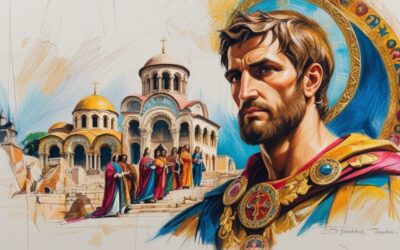
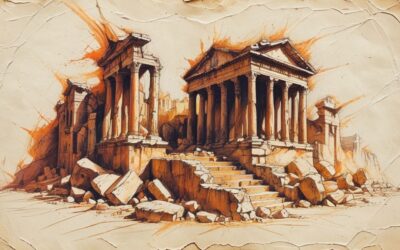

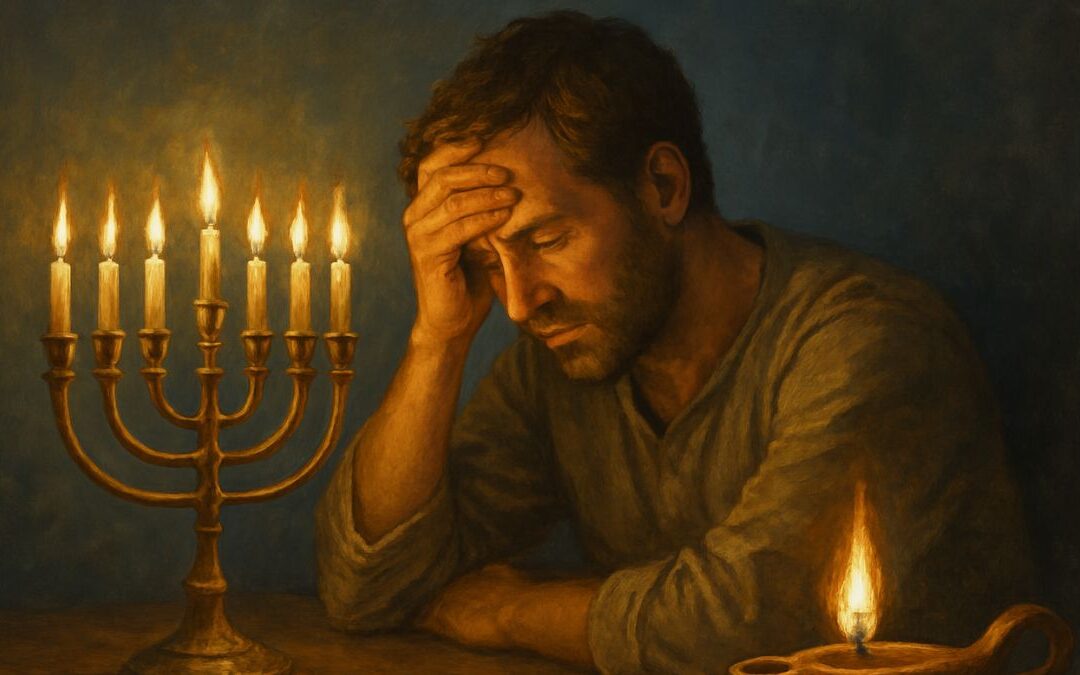
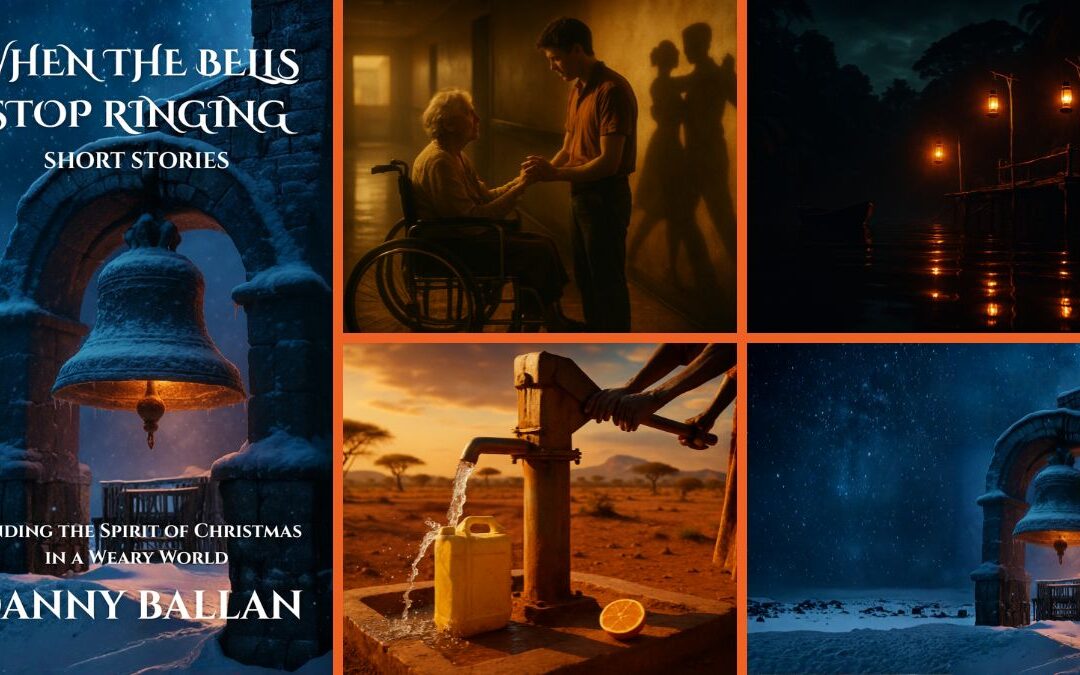
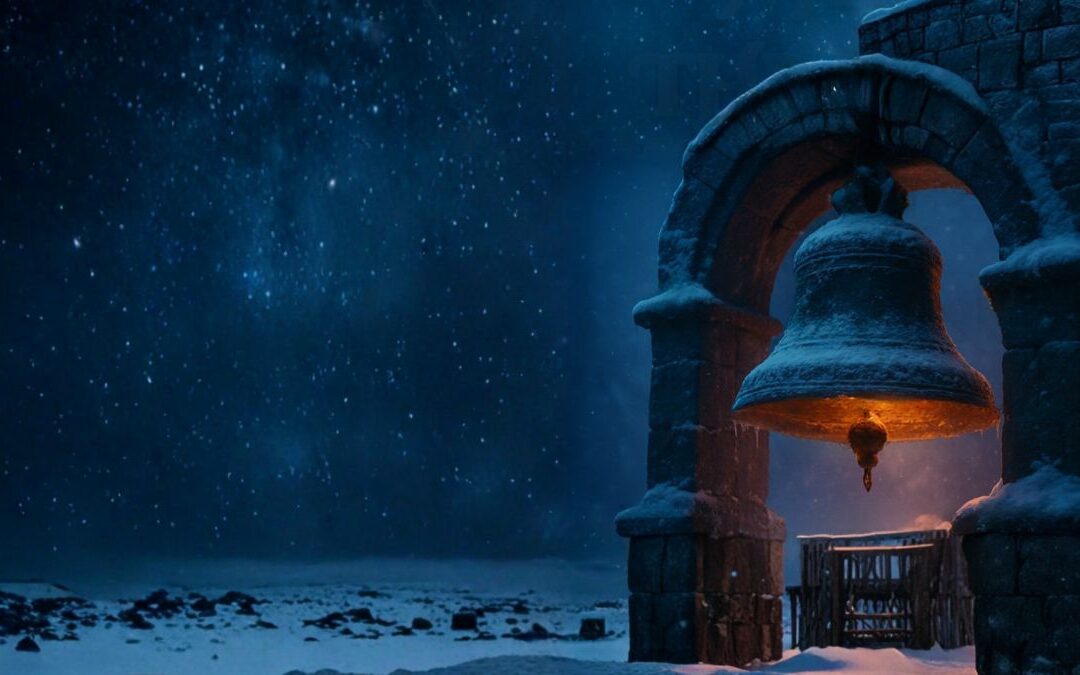
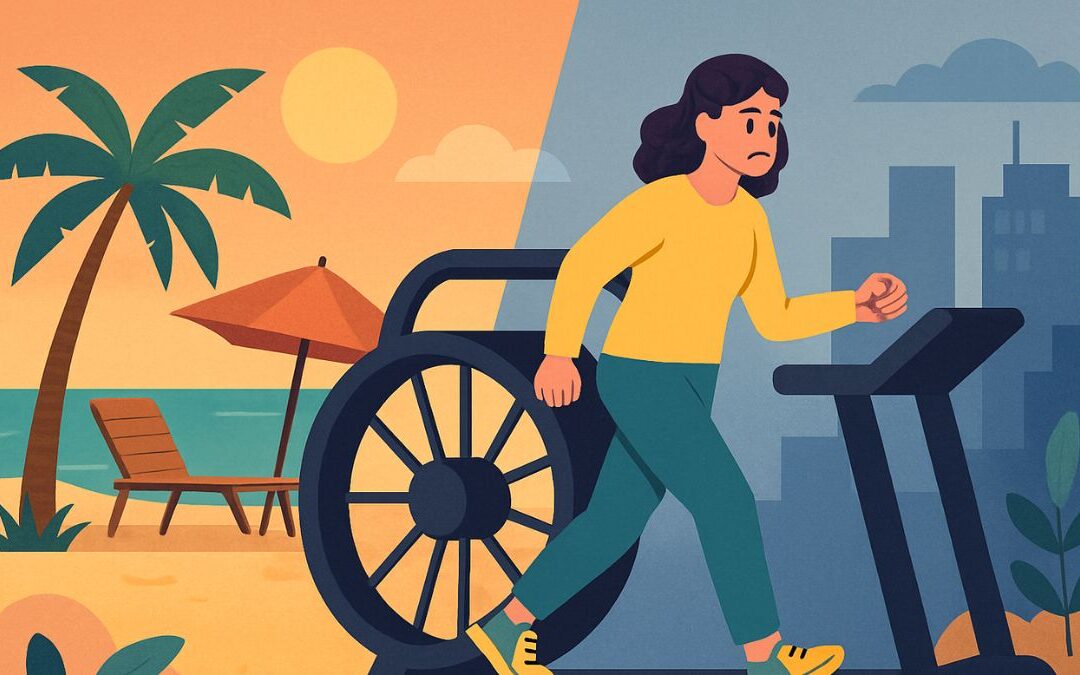
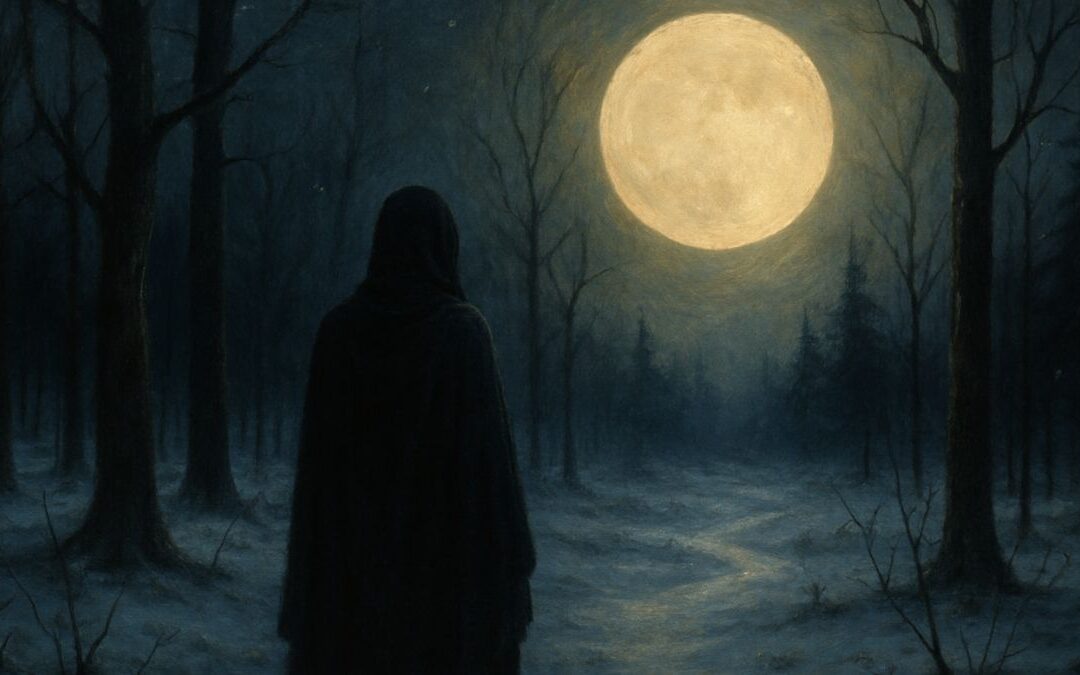
0 Comments